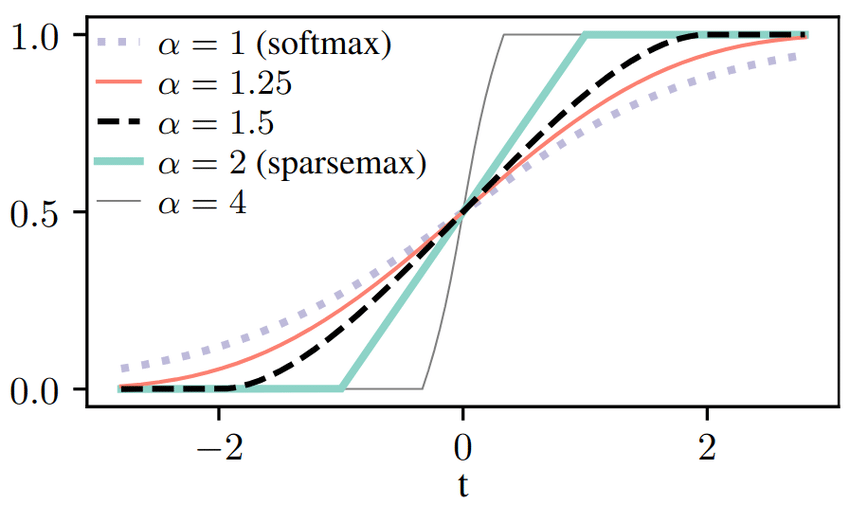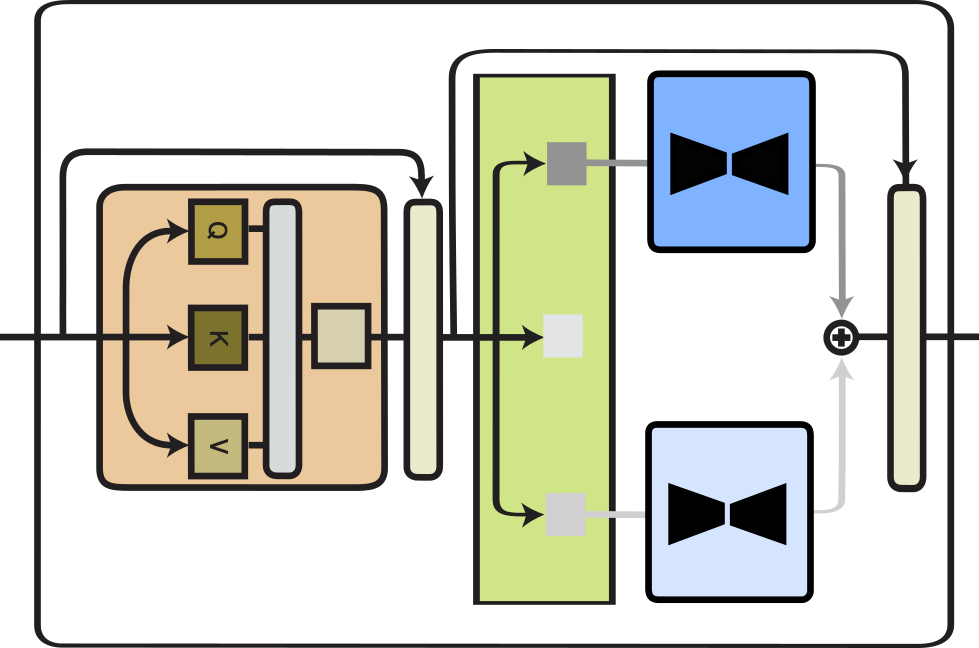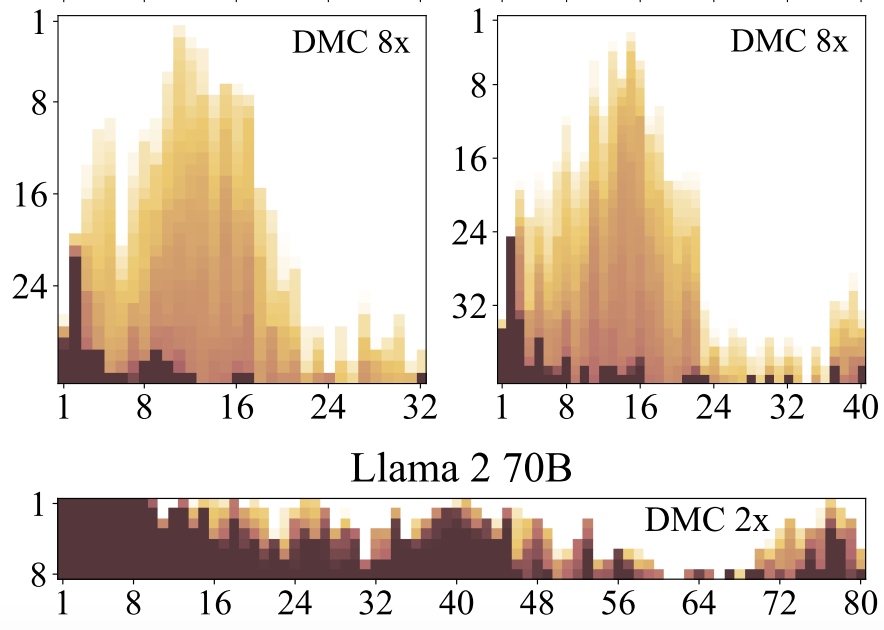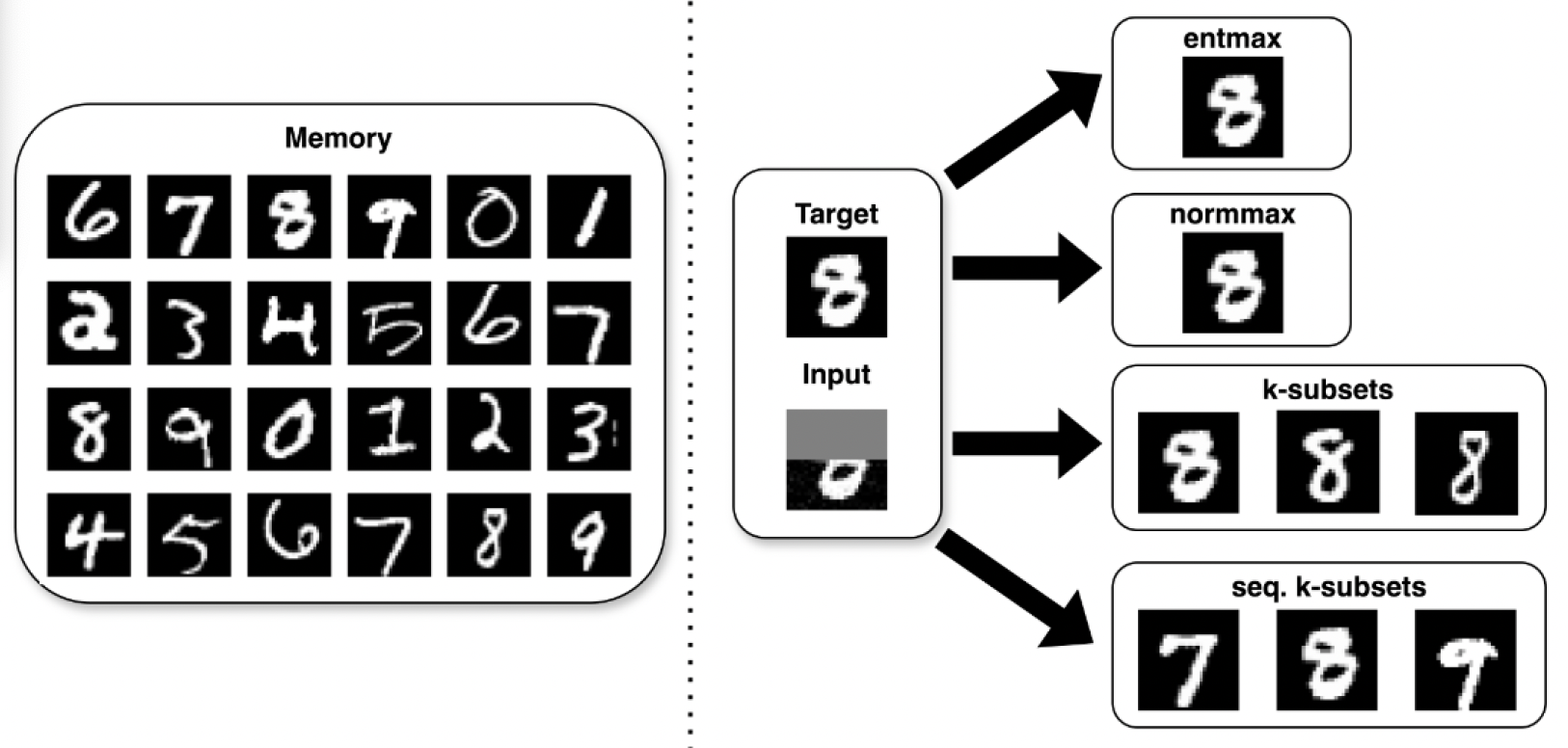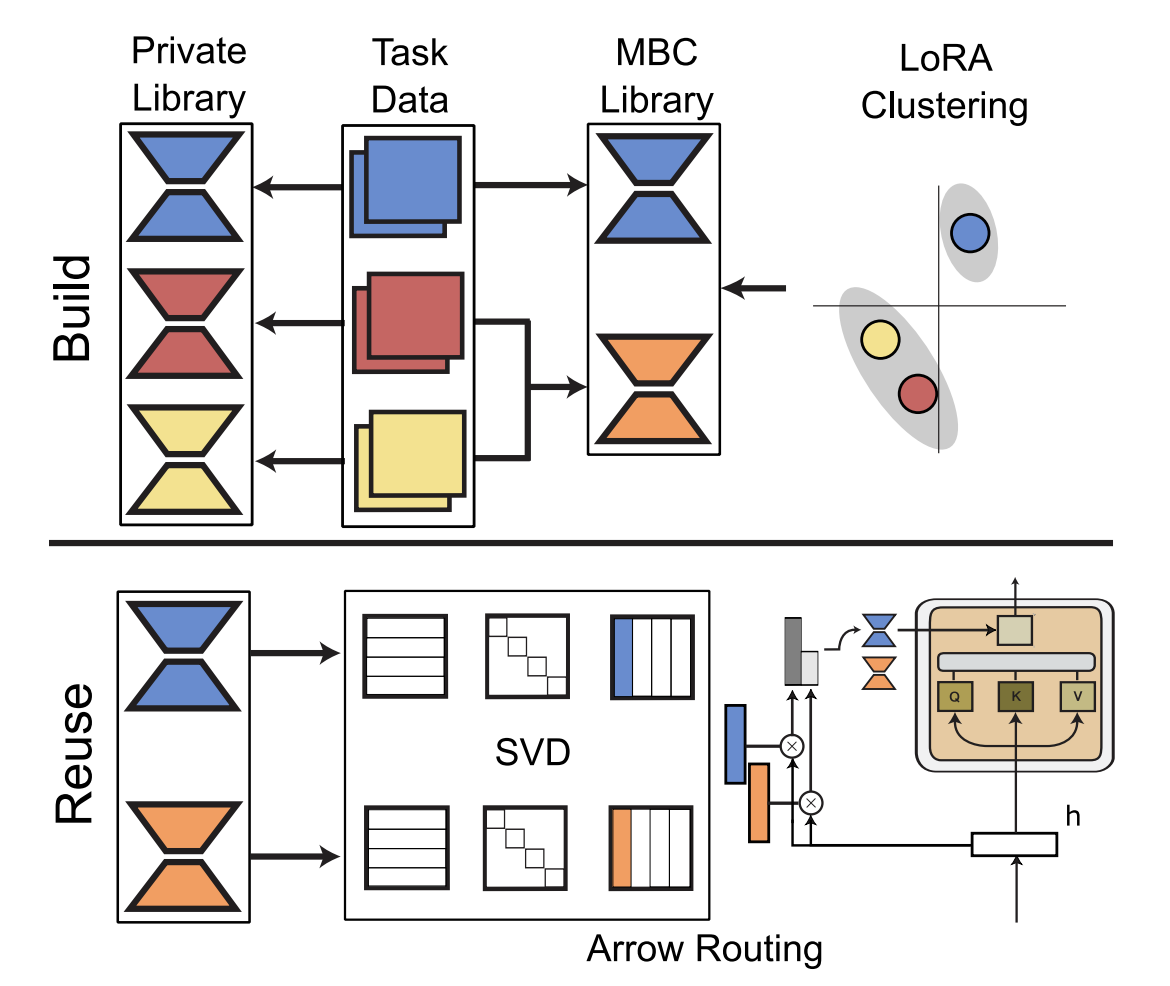Dynamic Sparsity in Machine Learning
Routing Information through Neural Pathways
NeurIPS 2024 Tutorial
Summary
Recent advancements in machine learning have caused a shift from traditional sparse modeling, which focuses on static feature selection in neural representations, to dynamic sparsity, where different neural pathways are activated depending on the input. This line of work is fueling, among other directions, new architectures for foundation models (such as sparse Mixtures of Experts). In this tutorial, we explore how dynamic sparsity provides several advantages, especially: i) incorporating structural constraints in model representations and predictions; ii) performing conditional computation, adaptively adjusting the model architecture or representation size based on the input complexity; iii) routing to mixtures of experts to attain the performance of dense models while accelerating training and inference or to better generalize to new tasks. This tutorial connects these lines of work through a unified perspective, including pedagogical materials with concrete examples in a wide array of applications (including Natural Language Processing, Computer Vision, and Reinforcement Learning) to familiarise general research audiences with this new, emerging paradigm and to foster future research.
Slides
Notebooks
